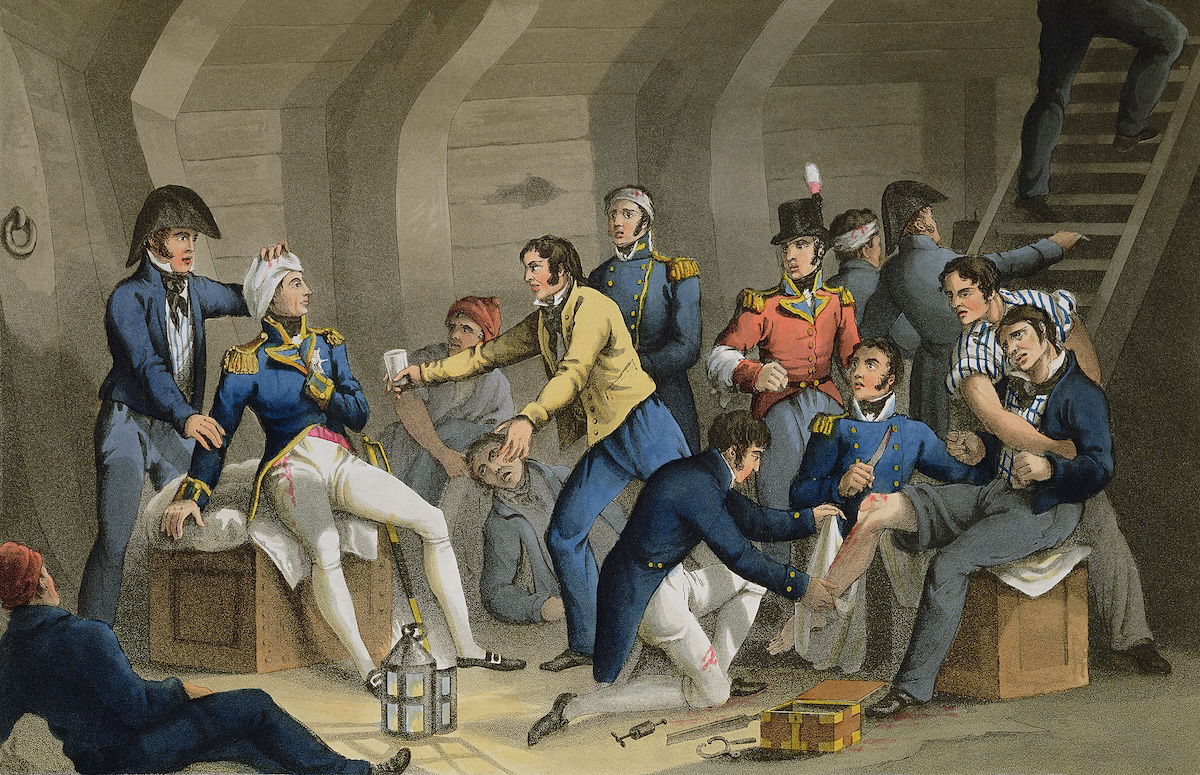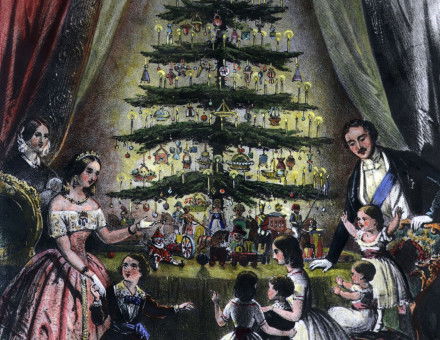Mental Health and the 17th-Century Ship’s Doctor
Life at sea was hard. An early modern ship’s surgeon had to treat not just broken bones but distress and trauma.

In September 1649 ship’s surgeon John Conny was deeply relieved and praised God that ‘all our men [are] in reasonable good health’. This emotive entry in his daily journal aboard the Peregrine, a merchant ship voyaging in the Mediterranean, marked the end of a particularly bad bout of fever among the crew. For about a month the ship had been plagued by illness and Conny detailed the worsening condition of the sailors under his care – and his therapeutic attempts, including medicines and bloodletting, to restore their health. Conny himself had suffered, and as his own strength deteriorated and fever peaked, his handwriting in the journal becomes noticeably more incoherent.







